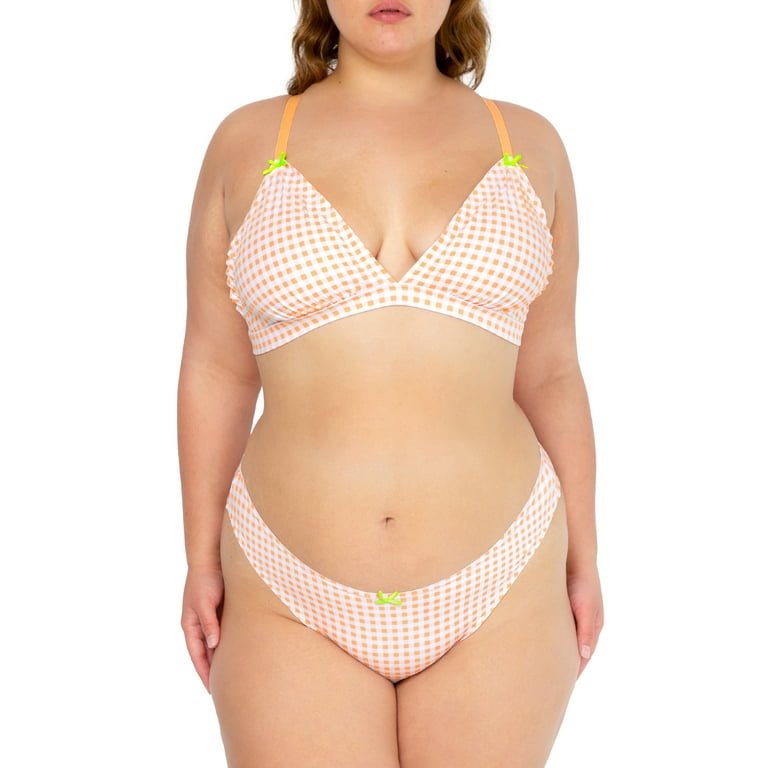
“Caccakar gindi da bura? Look no further. Understanding the intricacies of physical intimacy is crucial for a fulfilling relationship. In this article, we delve into the essence of ‘caccakar gindi da bura’ and provide insights to enrich your experiences. Delve into the depths of pleasure and connection as we uncover the secrets behind this timeless query. Let’s embark on a journey to explore the depths of desire and passion, where every touch ignites a flame of ecstasy.”
Caccakar Gindi da Bura: Exploring the World of Traditional Nigerian Art
Welcome, young art enthusiasts! Today, we are going to embark on a colorful journey into the vibrant world of Nigerian art, focusing on a traditional art form called ‘caccakar gindi da bura.’ This unique art form is deeply rooted in Nigerian culture and holds a special place in the hearts of its people. Join me as we dive into the history, techniques, and significance of caccakar gindi da bura.
The Origins of Caccakar Gindi da Bura
To truly appreciate caccakar gindi da bura, we must first understand its origins. This traditional art form has been practiced by the Hausa people of Nigeria for centuries. The intricate designs and patterns found in caccakar gindi da bura are inspired by the rich cultural heritage of the Hausa community.
Historically, caccakar gindi da bura was used as a form of communication and expression. Hausa artists would create elaborate designs on various surfaces, such as walls, textiles, and pottery, to convey messages, tell stories, and celebrate their cultural identity. Today, caccakar gindi da bura continues to be a cherished art form that bridges the past with the present.
Techniques of Caccakar Gindi da Bura
Creating caccakar gindi da bura requires precision, skill, and creativity. Artists use a variety of techniques to bring their designs to life. One of the most common methods involves using natural pigments derived from plants and minerals to paint intricate patterns on surfaces.
Artists may also employ techniques such as stippling, cross-hatching, and freehand drawing to achieve the desired effects in their caccakar gindi da bura designs. Each piece is meticulously crafted, with every line and curve carefully considered to create a harmonious and visually stunning composition.
Materials Used in Caccakar Gindi da Bura
The materials used in caccakar gindi da bura play a crucial role in the final outcome of the artwork. Traditional Hausa artists often source their materials locally, using items such as cowrie shells, clay, natural dyes, and brushes made from palm fibers.
Today, contemporary artists may also incorporate modern materials such as acrylic paints, canvas, and brushes to create innovative interpretations of caccakar gindi da bura. Despite the evolution of materials, the essence of this traditional art form remains deeply rooted in the cultural heritage of the Hausa people.
Significance of Caccakar Gindi da Bura
Caccakar gindi da bura holds great significance within Nigerian society. This art form serves as a visual representation of the rich history, beliefs, and traditions of the Hausa people. It also plays a vital role in cultural celebrations, rituals, and ceremonies.
Furthermore, caccakar gindi da bura serves as a form of cultural preservation, ensuring that the artistic traditions of the Hausa community are passed down from generation to generation. By creating and showcasing caccakar gindi da bura, artists pay homage to their heritage and contribute to the vibrant tapestry of Nigerian art.
Exploring Caccakar Gindi da Bura Today
In contemporary Nigeria, caccakar gindi da bura continues to thrive as a beloved art form. Artists are exploring new techniques, materials, and themes while staying true to the spirit of this traditional practice. Galleries, museums, and cultural institutions also showcase caccakar gindi da bura alongside other Nigerian art forms, allowing visitors to appreciate its beauty and complexity.
Whether you are an aspiring artist, a curious enthusiast, or simply someone who appreciates the beauty of traditional art, caccakar gindi da bura offers a window into the rich cultural heritage of Nigeria. So, next time you come across a piece of caccakar gindi da bura, take a moment to admire the intricate patterns, vibrant colors, and the stories they tell.
Thank you for joining me on this artful journey through the world of caccakar gindi da bura. May your creative spirit be inspired by the beauty and cultural significance of this traditional Nigerian art form.
Labarin cin gindi da bura
Frequently Asked Questions
What is caccakar gindi da bura?
Caccakar gindi da bura is a phrase in the Hausa language that refers to intimate physical relationships between individuals.
How is caccakar gindi da bura viewed in Hausa culture?
In Hausa culture, caccakar gindi da bura is often considered taboo and is not openly discussed due to cultural norms and values surrounding modesty and privacy.
Are there any specific customs or traditions related to caccakar gindi da bura in Hausa society?
Yes, in Hausa society, there are traditional practices and societal expectations that discourage open displays of intimacy and promote the idea of privacy and discretion in personal relationships.
Final Thoughts
In conclusion, understanding the differentiation between ‘caccakar gindi da bura’ is essential for personal well-being and communication. It is crucial to recognize and respect these distinctions to maintain healthy relationships and boundaries. Ignoring the nuances between ‘caccakar gindi da bura’ can lead to misunderstandings and potential conflicts. Therefore, being mindful and observant of these differences can foster mutual respect and enhance overall communication effectiveness.





